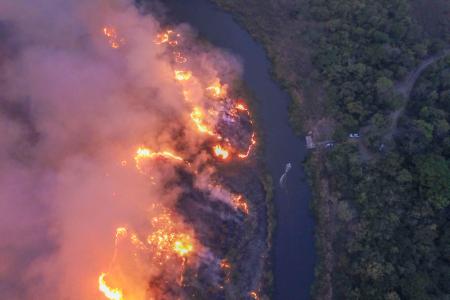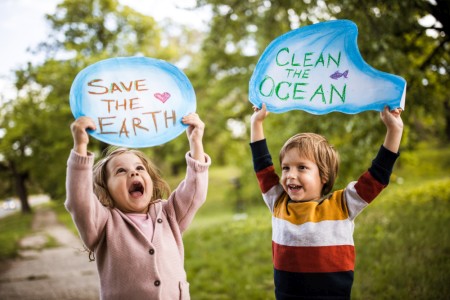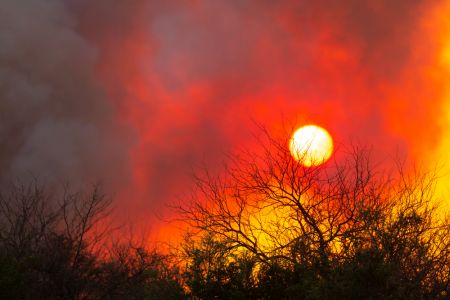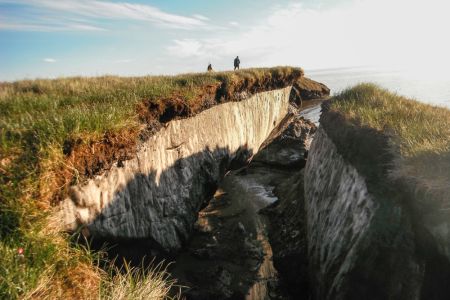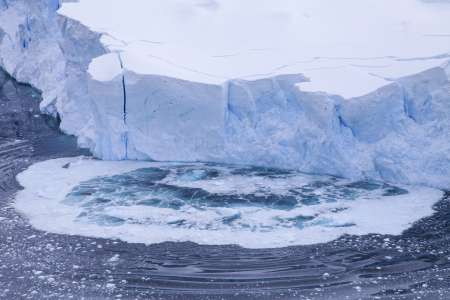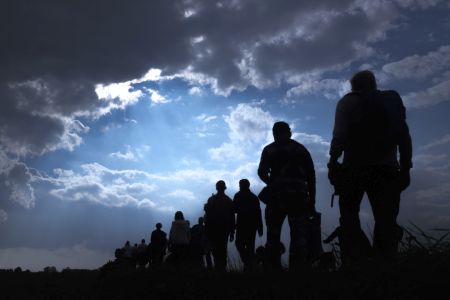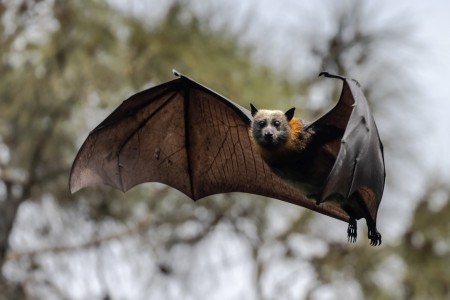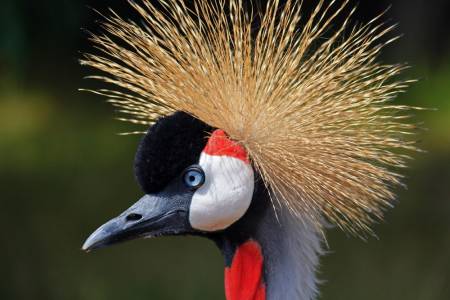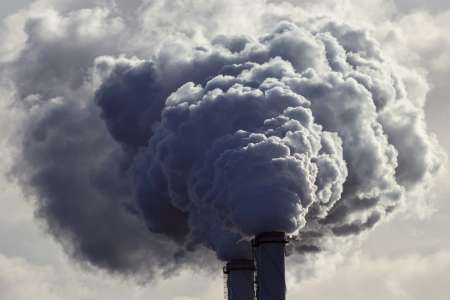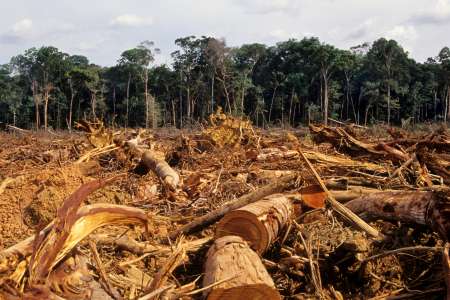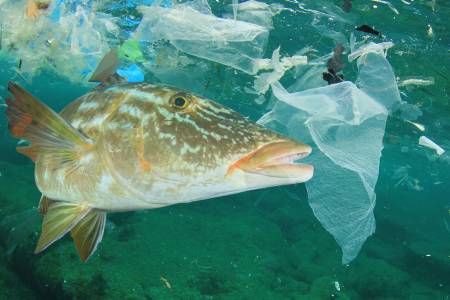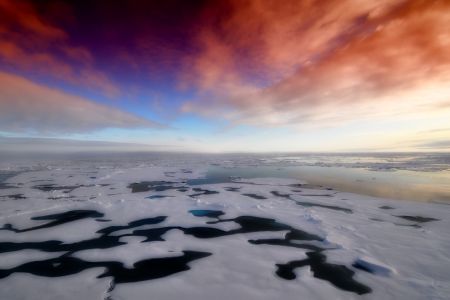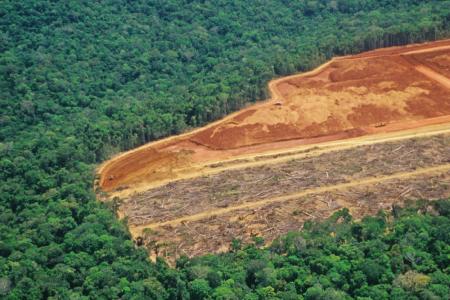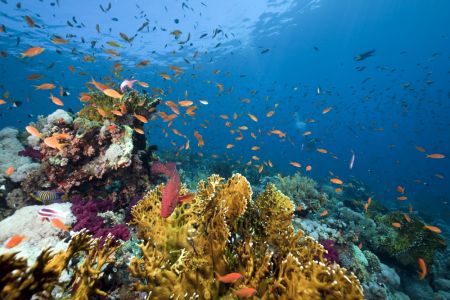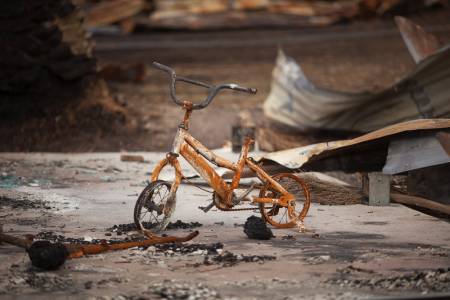Stay Away from This Fungus If You Want to Live
Candida auris is a dangerous and fast-spreading fungus that has become a serious health threat, especially in hospitals. Unlike most fungi that decompose organic matter after death, this one infects living hosts, causing severe bloodstream infections that can be fatal. As our planet heats up, C. auris is just one example threats can mutate into serious risks. Understanding its spread and impact is essential for protecting human health.
10/11/2024
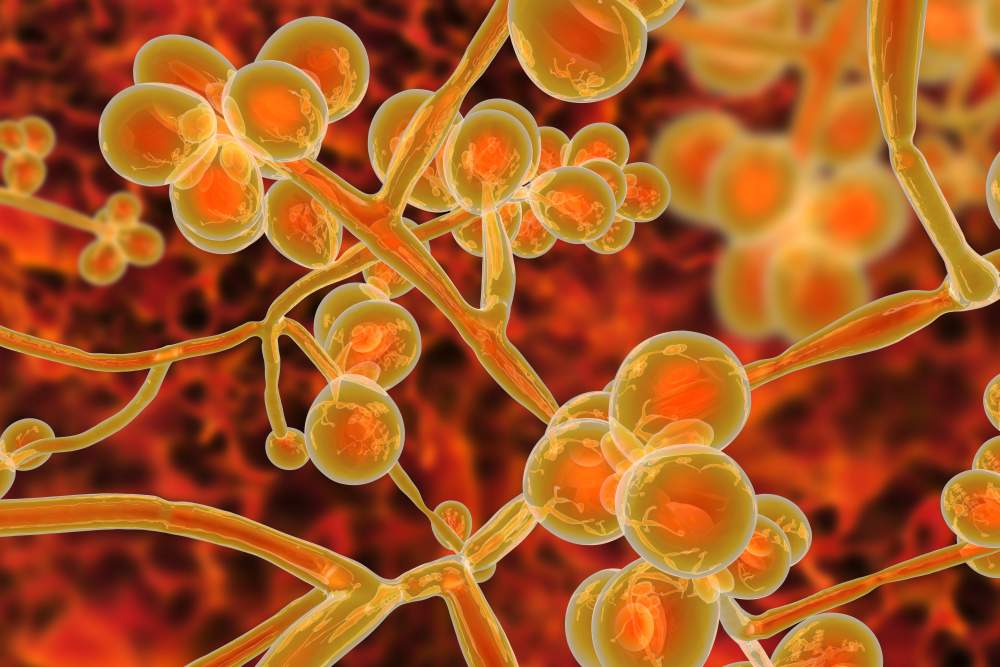
The Hidden World of Fungi
Imagine a fungus that doesn’t wait for you to die before it starts to break you down. Meet Candida auris—an unwelcome guest you definitely want to avoid.
Researchers believe that over 4 million species of fungi exist in nature. To date, only about 150,000 of them have been studied and classified. With that many surrounding us, it’s not an exaggeration to say that we are constantly in contact with them.
Friends and Foes: The Role of Fungi in Our Lives
While most fungi are harmless—and many are even lifesavers like penicillin or essential for making cheese, beer, and bread—some can be deadly. The vast majority are benign, with many providing benefits. For example, edible mushrooms, yeast for bread, and even the fungi that produce life-saving vaccines like penicillin. But not all fungi are friendly.
What is Candida Auris?
The fungus Candida auris (C. auris), the focus of this post, does not fall into the good guy column. It’s a fungus that decomposes organic materials, releasing nutrients from dead plants and animals into the ecosystem. That’s a super important task—most fungi wait until a person dies to do this work.
C. auris is different. It tries to dissolve us while we’re still alive. Being dissolved by a fungus when already dead is decidedly unpleasant to contemplate, even if it’s a necessary part of the natural order. But being rendered into components by an impatient pathogen that doesn’t want to wait until one has died is far from a good thing.
A Silent Killer in Hospitals
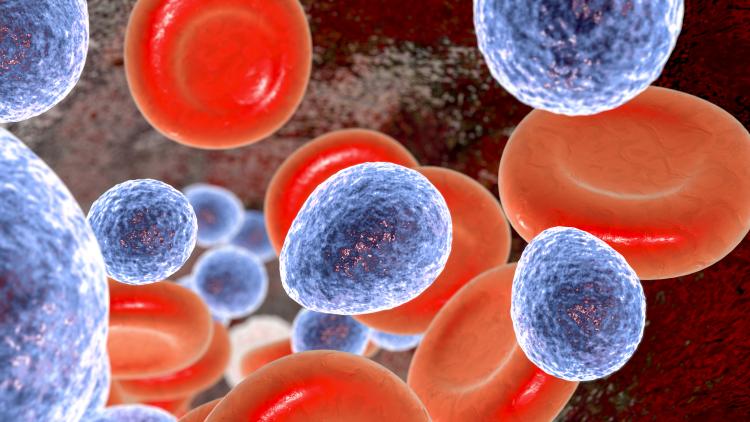
3D illustration of Candida auris fungi in blood. Image by Katerynakon/Depositphotos
Making matters worse, C. auris hangs around in hospitals, where it can pounce on immunocompromised patients, often causing serious bloodstream infections that can be fatal.
Climate Change: The Game-Changer
In the past, our normal body temperatures were high enough to serve as a potent deterrent to this menace. We were just too warm for its liking. But that changed when this ill-behaved fungus mutated. Now, it can ignore our innate body temperature and overwhelm us. Many scientists believe that C. auris’s newfound ability to destructively invade our bodies developed as a reaction and adaptation to global climate change and the planet’s warmer temperatures.
C. auris’s journey from wetlands to hospitals is a stark example of climate change’s dangerous ripple effects. Global warming fueled C. auris’s ability to adapt and survive in warmer wetland environments, gaining thermotolerance. Birds carried this resilient pathogen to rural regions, where close contact with humans enabled its spread. As people migrated to urban centers, C. auris followed, infiltrating healthcare systems and posing a serious public health threat.
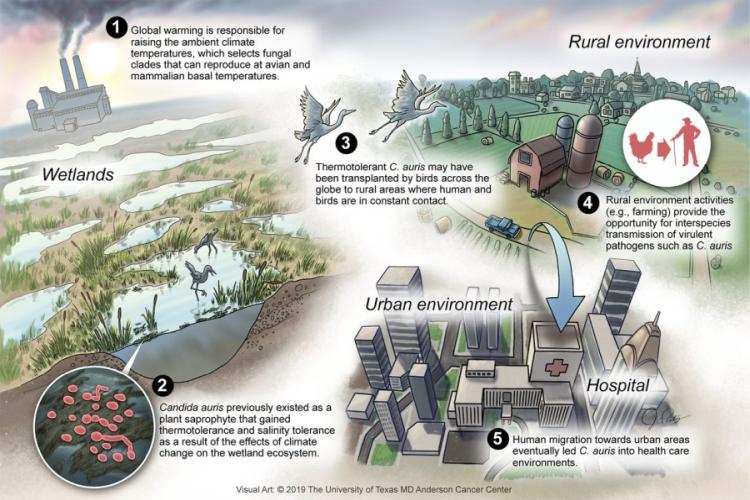
Global warming emergence cycle of C.auris/ASM/CC BY 4.0
1. Global warming is responsible for raising the ambient climate temperatures, which selects fungal clades that can reproduce at avian and mammalian basal temperatures.
2. Candida auris previously existed as a plant saprophyte that gained thermotolerance and salinity tolerance as a result of the effects of climate change on the wetland ecosystem.
3. Thermotolerant C. auris may have been transplanted by birds across the globe to rural areas where human and birds are in constant contact.
4. Rural environment activities (e.g., farming) provide the opportunity for interspecies transmission of virulent pathogens such as C. auris.
5. Human migration towards urban areas eventually led C. auris into health care environments.
A Growing Threat to Human Health
A mutation has made our bodies a viable target, turning us into hosts where these fungi can thrive. That’s terrible news because once it gets a foothold, this fungus overwhelms our natural defenses, attacks our internal organs, and is fatal 30 to 60 percent of the time—a truly dangerous killer. As of the date this was written, some anti-fungal medications can bring it under control, but in some patients, it sometimes cannot be fully eradicated. Worse, pan-resistant strains of C. auris are on the rise. These strains do not respond to the individual antifungals, and research is ongoing to see if they will respond to anti-viral combinations and other medications. The bottom line is that prevention procedures must be strictly followed.
The Bigger Picture: What Comes Next?
The dreadful news is that with continuing global warming, this type of adaptation will not be limited to just this fungus. As dangerous as C. auris is, its dangers may pale compared to future mutations of harmful fungi, bacteria, and viruses brought on by global climate change.
Taking Action: Protecting Our Future
Before other fungi and organisms adapt and become aggressive and deadly threats to us and our descendants, we must act to mitigate the risk. Reducing climate change will help defeat the development of other, more dangerous threats.
As we fight COVID-19 and its descendants with only limited success and millions dead, it should be very clear that Mother Nature can hammer us in innumerable ways. This is an enormously frightening fact and an urgent call for action to protect the planet (and us) from the horrific consequences of climate warming and degradation. We must not ignore the warnings!
Learn More About C. Auris
More updated information on C. auris can be found on these websites:

